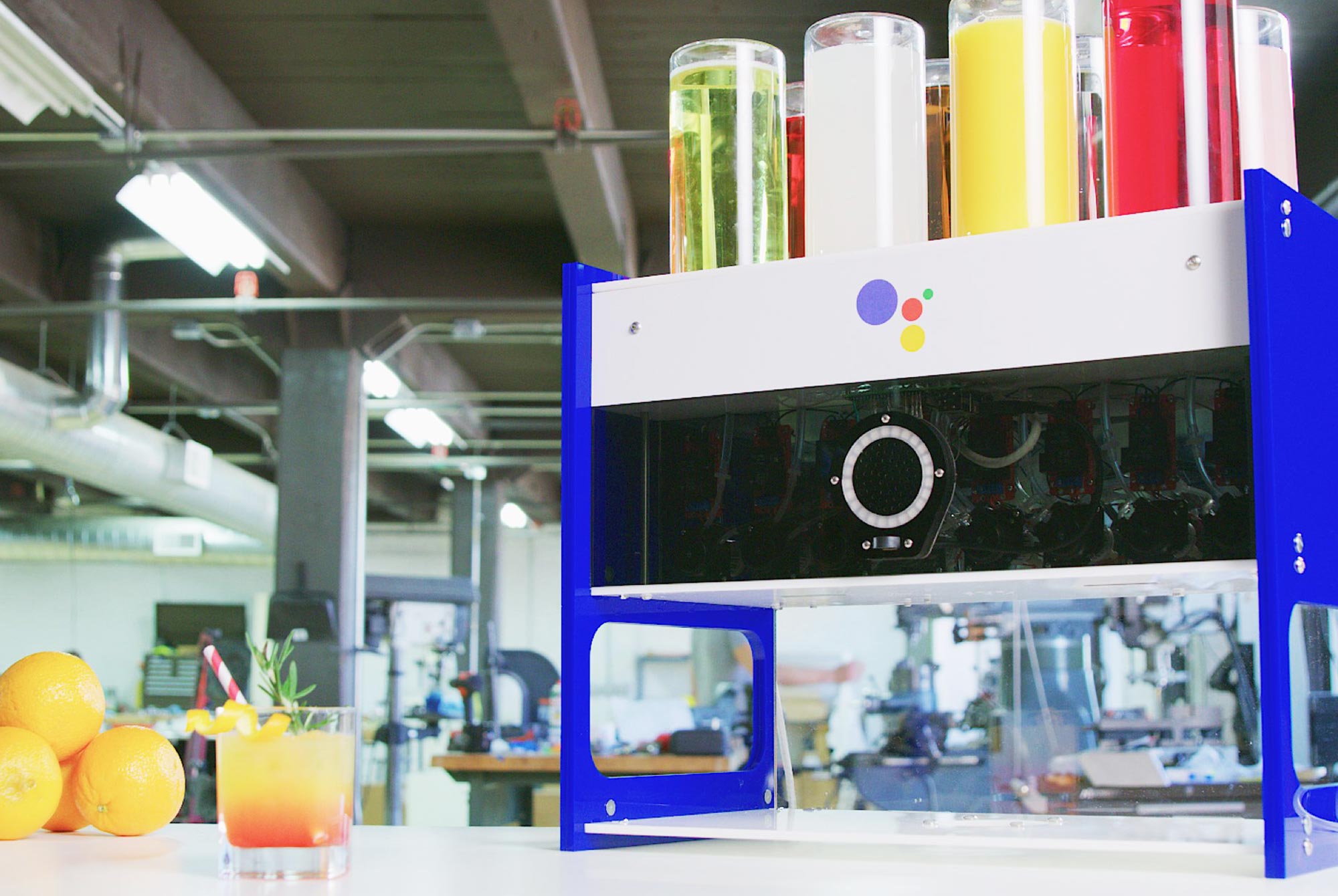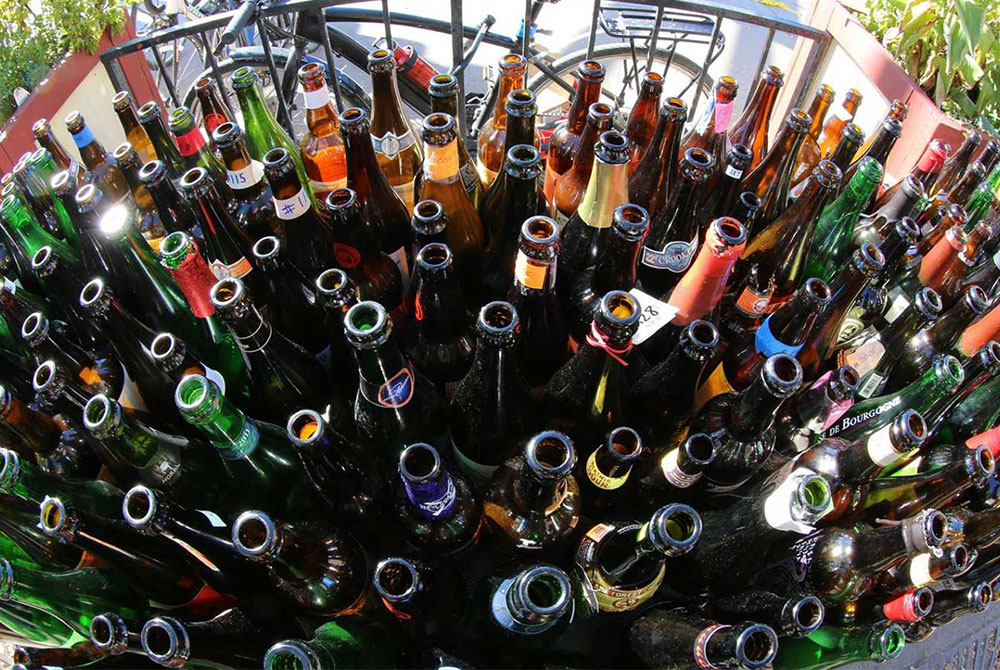Shop
Letter from the Editor: Robot Fingers in Your Beer Glass?
AI is inevitable. What role will it -- or should it -- play in the brewing industry?
This Letter from the Editor was first published by our friends who run Machine Learnings. Their once-per-week email newsletter provides everything you need to know about developments in robotics, automation, and artificial intelligence. Subscribe here!
Several thousand years ago, our beer-loving forbearers didn’t know anything about pH or salinity, but they still produced beer. They wrote poems honoring Ninkasi, the goddess of brewing, and prayed their final product didn’t taste like burnt rubber. This method of brewing, largely done by feel, yielded wildly inconsistent — but still delicious — results.
Despite our advances in science, some of the most highly regarded brewers in the world still use this method of production. Instead of buying yeasts from a lab, they open their beer to the elements, kickstarting the fermentation process with wild microorganisms floating through the air.
‘Spontaneous fermentation,’ still used by many breweries in Belgium, stands in contrast to the orderly science of many modern American breweries, which pitch yeasts cultured in labs. At these modern breweries, recipes read like algorithms, with the addition of new ingredients pegged down to the minute. Many of these additions aren’t done by hand, but machine.
Ultimately, this type of automation promotes consistency. And drinking automation is not limited to the brewing process. In my hometown of Pittsburgh, I recently heard about Mocktails Mixer, a robot capable of mixing perfectly measured cocktails. Exactly one ounce of London dry gin, one ounce of sweet vermouth, one ounce of Campari. If you like the drink, you can get the exact same one every time.
I think this is a good thing, but we need to be careful. Bartenders use jiggers, but we don’t return to our favorite bars for their ability to make a drink exactly like the one we tasted before. Or maybe we do, but of equal importance are the intangibles, the conditions and experience and terroir. The art.
AI is inevitable. But as we continue to develop, it’s important to remember that beer-making has always been a balance between art and science. Experience needs to temper consistency.
Stay strong, stay true, stay fresh, stay fly,
Kenny Gould
Editor in Chief
What We’re Reading
“Although they’re delivering beer now, the Beerbots are prototypes for robots that can do important jobs like helping hospital staff care for patients. Also, because the Beerbots are programmed to deal with challenging surroundings, researchers hope they will have a critical role in delivering medicine, equipment and aid amid the confusion and danger of disaster situations.”
— Shirley Moskow, Rise of the (Beer) Robots




